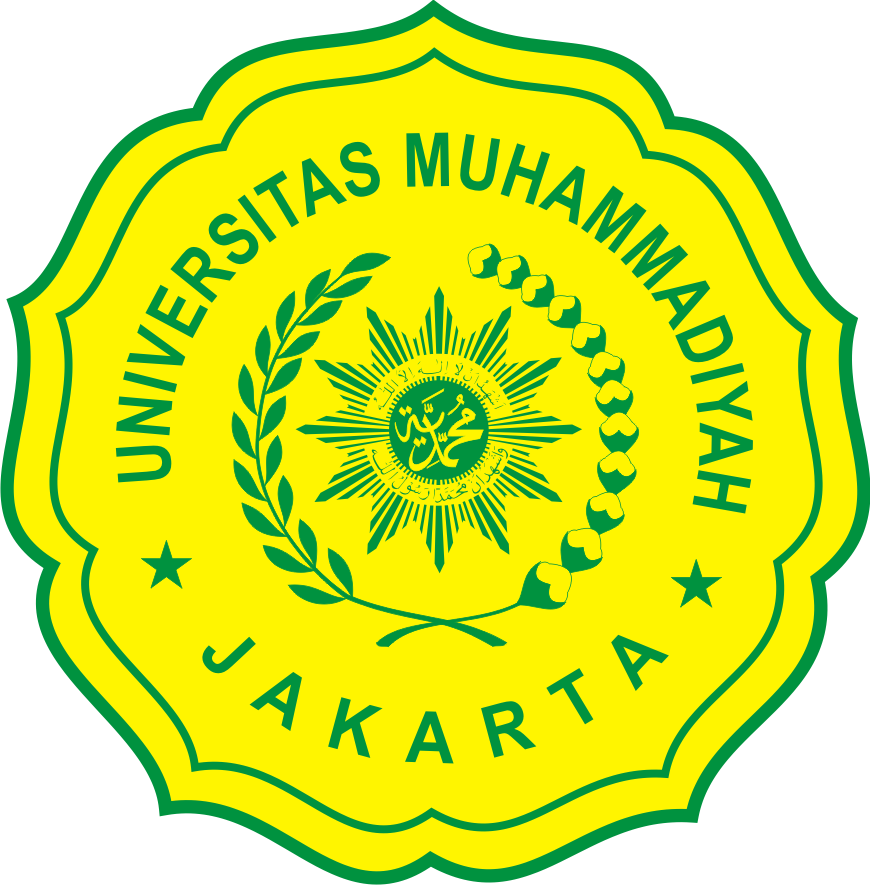PENAMBAHAN SR PADA ALUMINIUM PADUAN A356 DENGAN METODE LOST FOAM CASTING (LFC)
Abstract
The casting process and cooling rate determine the morphology of the authentic silicon particles produced in aluminum alloys. The slow cooling rate of aluminum alloy through the Lost Foam Casting (LFC) method a result of low mechanical properties. The purpose of this study was the effect of added Strontium (Sr) modifier to aluminum A356 on the microstructure and mechanical properties of the LFC method. The Aluminum A356 alloys are melted using a crucible and poured at a temperature of 730 oC on the surface of the polystyrene pattern which has been coated with refractory materials. The addition of the Strontium modifier was studied for its effect on changes in microstructure and mechanical properties (hardness, impact strength, and tensile strength). The results of this study indicate a change in the authentic silicon particles from an acicular to a filamentous form. The value of hardness, maximum tensile strength, and impact strength on the castings increased after the addition of Sr modifier to aluminum alloy A356.
Keywords
Full Text:
PDFReferences
“Surdia, T. dan Saito, S., 1992, ‘Pengetahuan Bahan Teknik’, P.T Pradnya Paramitha, Jakarta.
Suherman, 2019, Buku Pengecoran Logam (Metode Evaporative) - Deepublish | Penerbit Buku Deepublish.
S. Tabibian, E. Charkaluk, A. Constantinescu, A. Oudin, and F. Szmytka, “Behavior, damage and fatigue life assessment of lost foam casting aluminum alloys under thermo-mechanical fatigue conditions,” Procedia Eng., vol. 2, no. 1, pp. 1145–1154, Apr. 2010.
Wang, Q.G., Apelian, D., Lados, D.A., 2001, Fatigue behavior of A356/357 aluminum cast alloys. Part II – Effect of microstructural constituents.”
X. Cao and J. Campbell, “The nucleation of Fe-Rich phases on oxide films in Al-11.5Si-0.4Mg cast alloys,” Metall. Mater. Trans. A, vol. 34, no. 7, pp. 1409–1420, Jul. 2003.
Tabibian, S., Charkaluk, E., Constantinescu, A., Szmytka, F., Oudin, A. 2013, TMF–LCF life assessment of a Lost Foam Casting A319 aluminum alloy |
Buffière, J.-Y., Savelli, S., Jouneau, P.H., Maire, E., Fougères, R, 2001. Experimental study of porosity and its relation to fatigue mechanisms of model Al-Si7-MgO.3 cast Al alloys |
M. Uludağ, R. Çetin, D. Dispinar, and M. Tiryakioğlu, “The effects of degassing, grain refinement & Sr-addition on melt quality-hot tear sensitivity relationships in cast A380 aluminum alloy,” Eng. Fail. Anal., vol. 90, pp. 90–102, Aug. 2018.
S. Suherman, A. Syakura, A. Nasution, S. Mizhar, O. Hermawan, and A. Handoko, “Influence of Additional Sr and TiB on Aluminium Al-Si-Cu-Mg Alloys for Produced Prototype Cylinder Head Motorcycle,” Proceeding Ocean Mech. Aerosp.-Sci. Eng.-, vol. 5, no. 1, pp. 79–83, 2018.
G. Timelli, D. Caliari, and J. Rakhmonov, “Influence of Process Parameters and Sr Addition on the Microstructure and Casting Defects of LPDC A356 Alloy for Engine Blocks,” J. Mater. Sci. Technol., vol. 32, no. 6, pp. 515–523, Jun. 2016.
P. Tang, W. Li, Y. Zhao, K. Wang, W. Li, and F. Zhan, “Influence of strontium and lanthanum simultaneous addition on microstructure and mechanical properties of the secondary Al-Si-Cu-Fe alloy,” J. Rare Earths, vol. 35, no. 5, pp. 485–493, May 2017.
Q. Liu et al., “Effects of Sr, Ce and P on the microstructure and mechanical properties of rapidly solidified Al 7Si alloys,” Mater. Charact., vol. 140, pp. 290–298, Jun. 2018.
İ. Öztürk, G. Hapçı Ağaoğlu, E. Erzi, D. Dispinar, and G. Orhan, “Effects of strontium addition on the microstructure and corrosion behavior of A356 aluminum alloy,” J. Alloys Compd., vol. 763, pp. 384–391, Sep. 2018.
M. Faccoli, D. Dioni, S. Cecchel, G. Cornacchia, and A. Panvini, “Optimization of heat treatment of gravity cast Sr-modified B356 aluminum alloy,” Trans. Nonferrous Met. Soc. China, vol. 27, no. 8, pp. 1698–1706, Aug. 2017.
DOI: https://doi.org/10.24853/sintek.16.1.18-22
Refbacks
- There are currently no refbacks.
Copyright (c) 2022 SINTEK JURNAL: Jurnal Ilmiah Teknik Mesin













